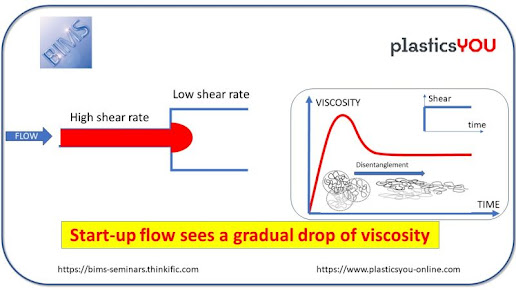SABIC's Low-moisture Absorbing PEI Replaces PMI in Aerospace Applications
SABIC's Innovative Plastics strategic business unit is presenting the low moisture absorption of Ultem* polyetherimide (PEI) foam for composite aircraft structures. Ultem resin's low-moisture absorption is critical in that it helps address two major aircraft OEM challenges: reducing weight for fuel conservation and emissions reduction, and lowering systems costs while delivering equal or better performance than traditional materials. Low moisture absorption combined with the proven flame-smoke-toxicity (FST), dielectric, acoustic and thermal performance of Ultem foam underscores the pioneering work of SABIC in engineering superior, world-renowned thermoplastic solutions for the aircraft industry.
"By replacing competitive materials such as polymethacrylimide (PMI) with Ultem foam, OEMs and tiers can meet their environmental goals and industry challenges, while lowering systems costs by streamlining processing and extending the application's useful life," said Kim Choate, Global Product Marketing Manager, Ultem, Innovative Plastics. "Investment in proactive laboratory testing is just one of the ways in which SABIC delivers ever-better solutions for the aircraft industry to improve performance and drive cost advantages across the board."
Ultem foam products, available in three densities, are manufactured as boards for use in skin-core-skin composite structures. Applications include luggage bins, galleys and lower wall panels.
Ultem Foam Outperforms PMI in Hot, Humid Conditions:
Testing involved exposing Ultem foam and PMI foam boards to elevated heat (70C/158F) and humidity (85 percent relative humidity) in an environmental chamber. Test results demonstrated that the Ultem foam absorbed less than 0.5 percent moisture by weight at 1,000 hours. In contrast, PMI absorbed five to six percent moisture by weight at just 150 hours and maintained those results through 1,000 hours.
Weight gain from moisture absorption adds to the overall weight of the aircraft, adversely affecting fuel consumption and emissions. On average, an aircraft will burn about 0.03 kg (0,06 lbs) of fuel per hour for each kilogram (2.2 lbs) carried on board. Given that the total commercial fleet flies about 57 million hours per year, cutting one kilogram per flight can save roughly 1,700 tons of fuel and 5,400 tons of carbon dioxide per year.
In addition, moisture absorption itself can have a disruptive effect on electronics (interference) and may cause condensation on sensitive areas of the interior. The cycle of absorption and drying that occurs as the aircraft travels through different environmental conditions also has the potential to cause delamination of a composite structure and can distort the dimensions of a part. Such results can lead to more-frequent repairs and downtime.
Ultem Foam Avoids Time and Cost of Drying Boards:
Another important benefit of Ultem foam's outstanding low moisture absorption occurs during processing. Often, PMI foam boards must be conditioned (dried and/or stored in a special area) before they can be machined, compression molded or thermoformed. This extra step adds time, costs and overhead to the process. Ultem foam avoids this scenario. Further, PMI may have to undergo a multi-step annealing process. In addition, Ultem foam is compatible with metals and thermoset laminate materials, potentially eliminating adhesives and other secondary operations that are common to the aircraft industry.
Ultem foam has a density of 10 to 30 times less than the traditional resin. It exhibits the outstanding FST performance of Ultem resin (it meets Ohio State University (OSU) performance levels below 50/50) and offers excellent dielectric and acoustic properties, including demonstrated noise reduction coefficients of greater than 0.3.


Instructive Post....I got the Ultem resin's low-moisture combination. It helps tackle aircraft OEM challenges: reducing weight for fuel conservation and emissions reduction and giving the better performance than traditional materials. Thanks for it....
ReplyDeleteMachining Ultem